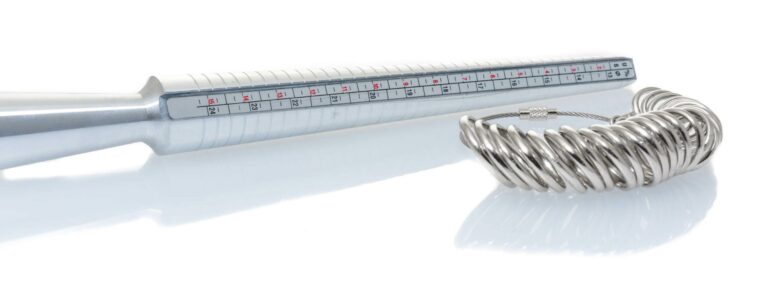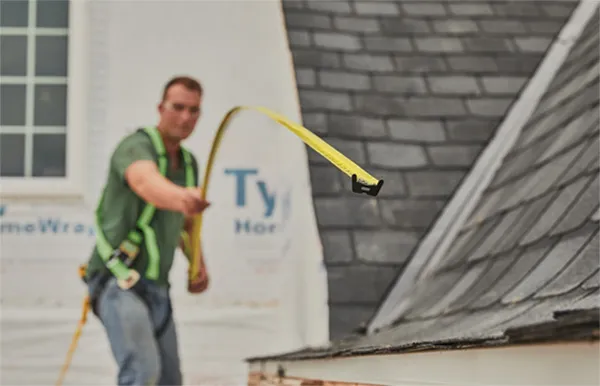Picture Frame Measurements
Choosing the right image body is critical to showcasing your art work or photos in a great feasible way. It’s now not quite the aesthetics of the frame itself however additionally about how well it fits the art work and the space. Understanding picture body measurements is crucial to making the proper desire, whether or not you’re framing a small image for your table or a large painting to your living room wall. This article explores the whole lot you want to understand about photo body measurements, from general sizes to custom options, and affords steerage on how to diploma frames for a fantastic match.
Understanding Picture Frame Measurements
When buying an image frame, one of the first matters you may observe is that the body size refers to the size of the paintings, no longer the outer dimensions of the body. For instance, a body categorized “8×10 inches” is designed to keep an image that is eight inches by means of 10 inches in length. The outer dimensions, or usual length of the frame, will range depending on the width of the frame molding.
There are numerous key phrases associated with photo body measurements which can be important to apprehend:
Frame Size (Artwork Size): This is the scale of the image or artwork that fits into the body. It is the maximum commonplace size you will stumble upon whilst looking for frames.
Mat Size: A mat is an ornamental border positioned among the artwork and the frame. It can add visible space around the image, imparting a greater polished appearance. The mat size refers to the scale of the window inside the mat that presents the paintings.
Outer Frame Size: This is the whole length of the frame, including the molding. The width of the molding can range extensively, affecting the overall dimensions of the frame.
Rabbet Depth: The rabbet is the recessed location within the frame wherein the art work, glass, and backing sit. The rabbet depth is essential when framing thicker objects like canvases.
Standard Picture Frame Sizes
There are many general photograph frame sizes that are in shape, not unusual photograph and art work dimensions. Knowing those sizes can simplify the manner of selecting the right body.
4×6 Inches: A famous size for small pics, this size is right for desk shows or small wall galleries.
5×7 Inches: This size is regularly used for personal pics, making it a common preference for photo frames on desks or shelves.
8×10 Inches: Often used for pix, 8×10 frames are excellent for snap shots or small art work, either with or without a mat.
11×14 Inches: This size works well for large images or small posters. It’s also usually used with a mat to border 8×10 pictures.
16×20 Inches: Commonly used for posters, artwork prints, and massive photos, a 16×20 body may be used without or with a mat, relying on the size of the artwork.
18×24 Inches: This size is frequently used for art prints and medium-sized posters. It can provide a putting focal point in a room.
24×36 Inches: One of the largest trendy body sizes, that is commonly used for posters and large art work. It’s amazing for filling a massive wall area.
These sizes are without problems to be had at maximum framing stores and on line shops, and they’re designed to suit commonly printed image and art work dimensions.
Custom Picture Frame Measurements
While fashionable sizes can accommodate many sorts of artwork, there are instances while a custom frame is vital. Custom frames are often used for:
Non-general art work sizes: If your artwork or image doesn’t fit right into a well-known size, a custom body can be made to suit.
Unique matting or multi-starting off mats: If you need to expose more than one pictures in the identical frame or have a custom-designed mat, you’ll want a body tailor-made on your specifications.
Framing three-dimensional items: If you are framing thicker gadgets like canvases, textiles, or devices, a deeper frame with a particular rabbet depth can be required.
When ordering a custom frame, you may want to offer the best measurements of your artwork, and probably the mat, to make sure the excellent suit.
How to Measure for a Picture Frame
To degree your paintings for framing, take a look at those steps:
Measure the Artwork: Use a ruler or measuring tape to decide the precise dimensions of the artwork or photograph you need to border. Measure each the width and height of the photograph. If you propose to feature a mat, additionally measure the mat window size (the a part of the mat that shows the art work).
Choose a Frame Size: Once you know the art work period, choose out a body that suits. For instance, if your photo is 8×10 inches, pick out a body designed for that length. If you intend to apply a mat, you may select a bigger body to deal with each the paintings and the mat. For example, an 11×14 body with a mat may go for an 8×10 image.
Consider the Mat: If you’re the use of a mat, subtract the mat width from the overall body period to determine how plenty of the artwork can be displayed. For instance, in case your mat has a 2-inch border, and you’re using an 11×14 body, the window on your art work can be 7×9 inches, which means part of the art work can be included through using the mat.
Check Rabbet Depth for 3-D Items: If you are framing a thicker item, such as a canvas, test the rabbet depth of the body to ensure it’s going to fit. Standard frames might not be deep sufficient for canvases or different thick items, so you may additionally want a frame specifically designed for intensity.
Mats and Picture Frame Measurements
Using a mat can decorate the presentation of your paintings via adding visual space around it and drawing interest to the piece. Mats also are realistic, as they preserve the paintings away from the glass, which can help hold sensitive pieces.
When selecting a mat, keep in mind the subsequent:
Mat Width: Mats commonly have a border starting from 1 to 4 inches. The wider the mat, the extra area you create around the artwork. Wider mats work nicely for larger frames, even as narrower mats are better suited to smaller frames.
Mat Window Size: The window length have to be barely smaller than the art work, so it covers the rims. For instance, if you have an 8×10 photograph, the mat window might be 7.75×9.Seventy five inches to make sure that not one of the image slips out of view.
Double Mats: Double mats feature layers of mat board, creating a greater sophisticated look. The bottom layer is often a contrasting colour, and the pinnacle mat has a much wider commencing. This provides intensity and complements the visual enchantment of the frame.
How Frame Width Affects Overall Size
When thinking about the scale of a body, it’s important to account for the width of the frame’s molding. A narrow frame provides minimum size to the overall dimensions, at the same time as a extensive body can add numerous inches to every aspect. Here’s how frame width can have an effect on the whole length:
Narrow Frames: A frame with a 1-inch molding will handiest upload 1 inch to every aspect of the paintings. For example, an 8×10 body with a 1-inch molding will have outer dimensions of about 10×12 inches.
Wide Frames: A huge frame, such as one with a four-inch molding, will upload 4 inches to every aspect of the paintings. Using the same 8×10 artwork, the outer dimensions could be about 16×18 inches.
This growth in size can have a enormous effect, specifically if you’re framing a large piece or seeking to fit the artwork into a particular area for your wall.
Special Considerations for Gallery Walls
Gallery partitions, which feature more than one frames organized together, are a famous way to show artwork and images in a home or office. When planning a gallery wall, picture body measurements are crucial to reaching a cohesive look. Here are some pointers for creating a gallery wall:
Uniform Frame Sizes: For a smooth and symmetrical appearance, use frames which are the identical length and form. You can create a grid pattern with frames of same dimensions, giving the gallery wall a dependent look.
Varied Frame Sizes: For a greater eclectic appearance, mix frames of various sizes. Combine small frames with large ones, and area them in an asymmetrical arrangement for visible interest.
Spacing Between Frames: When measuring for a gallery wall, depart consistent spacing among frames, typically starting from 2 to four inches. Use a measuring tape and stage to make sure that the frames are calmly spaced and aligned.







